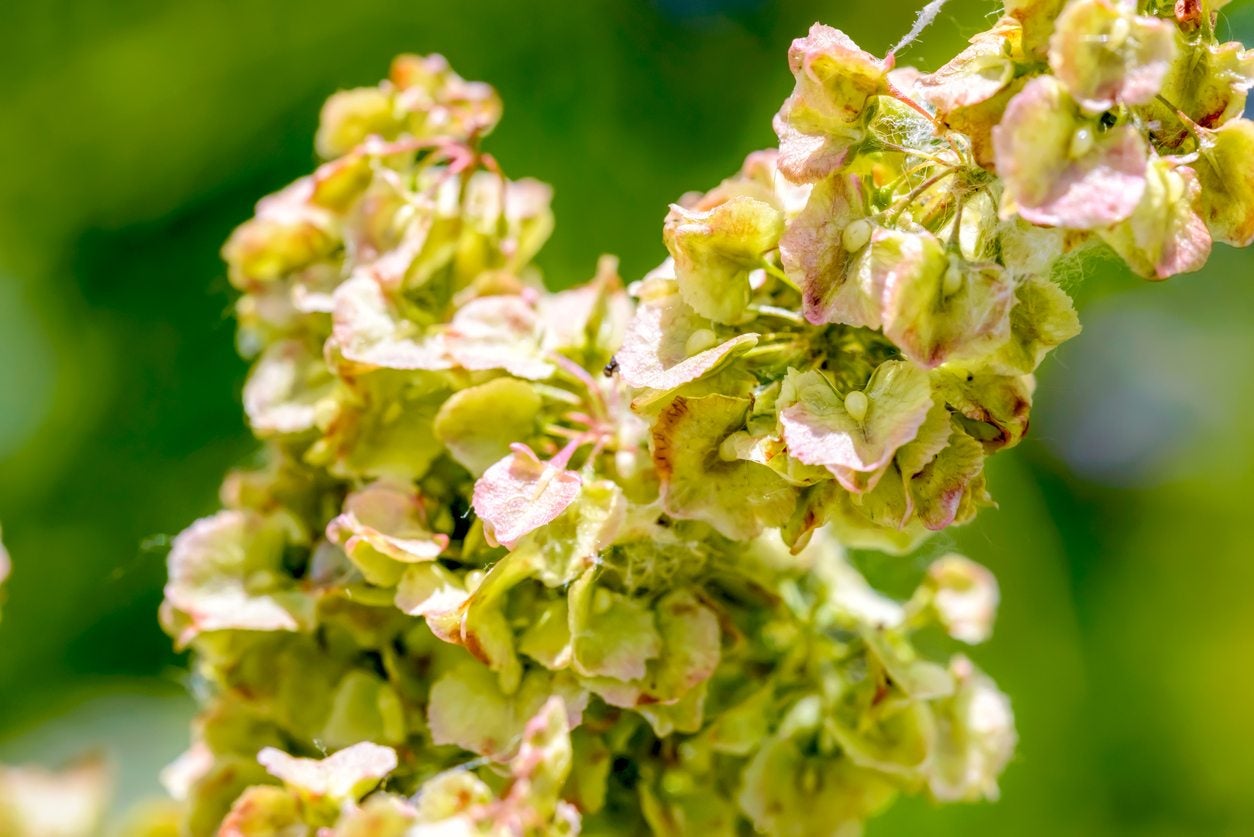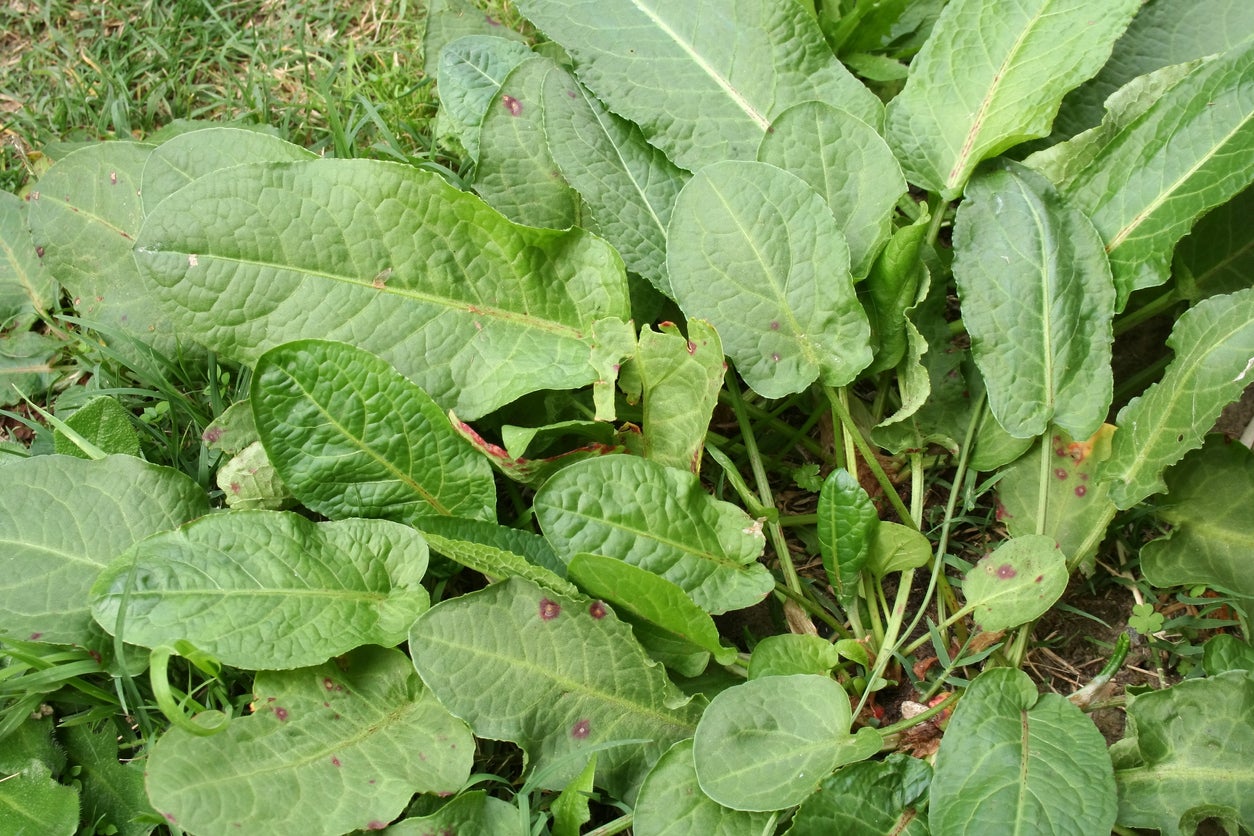Yellow Dock Herbal Uses: Tips On Growing Yellow Dock Plants


What is yellow dock? Also known as curly dock, yellow dock (Rumex crispus) is a member of the buckwheat family. This perennial herb, which is often considered to be a weed, grows wild in many areas of North America. Yellow dock herbs have been used for centuries, valued for their medicinal and nutritional qualities. Read on to learn about yellow dock herbal uses and get a few tips on growing yellow dock plants in your own garden.
Yellow Dock Herbal Uses
There are said to be many benefits of yellow dock herbs, and yellow dock herbs have been used since ancient times, and their use is still implemented by herbal medicine practitioners today. Yellow dock leaves and roots are used to improve digestion, remove toxins from the body, and are often taken as a gentle laxative. It is also used to treat various skin conditions (including burning from stinging nettle) and may be useful as a mild sedative. Native Americans used yellow dock herbs to treat wounds and swellings, sore muscles, kidney trouble, and jaundice. In the kitchen, tender yellow dock leaves are steamed much like spinach, then served with olive oil and garlic. Leaves and stems can also be eaten raw or added to salads. The seeds are frequently used as a healthy coffee substitute. Herbalists warn that the plant can be powerful and shouldn’t be used as a home remedy without expert advice. To that end, it’s recommended that you seek professional advice beforehand if you’re interested in using yellow dock herbs medicinally.
How to Grow Yellow Dock Plants
Yellow dock is commonly found in fields and other disturbed areas, such as along roadsides and in pastures in USDA zones 4 through 7. If you want to try growing your own yellow dock, consider that the plant is invasive and can become a pesky weed. If you still want to give it a try, scatter the seeds on the soil in fall, or in spring or summer. Yellow dock prefers moist soil and either full sunlight or partial shade. Look for some of the seeds to germinate in a few weeks, with more seedlings showing up for the next few years. Don’t attempt to transplant wild plants, as the long taproots make transplantation nearly impossible. To help keep the plant under control, you may want to try growing it in a container. Just ensure it is deep enough for the taproot.
Gardening tips, videos, info and more delivered right to your inbox!
Sign up for the Gardening Know How newsletter today and receive a free copy of our e-book "How to Grow Delicious Tomatoes".

A Credentialed Garden Writer, Mary H. Dyer was with Gardening Know How in the very beginning, publishing articles as early as 2007.
-
 Looking For Plants To Give You The Soft And Fuzzies? Try These 5 Fuzzy Leaf Plant Options
Looking For Plants To Give You The Soft And Fuzzies? Try These 5 Fuzzy Leaf Plant OptionsLovers of texture, drama, silver foliage and tactile plants will adore these special sensory garden additions. These fuzzy leaf plant options will leave you all aglow
By Susan Albert
-
 Get Ready For A Summer Of Hummers! Grow These Full Sun Hummingbird Plants and Flowers
Get Ready For A Summer Of Hummers! Grow These Full Sun Hummingbird Plants and FlowersIf you’re lucky enough to enjoy a sunny backyard, make sure you are maxing out on your pollinator opportunities and grow these full sun hummingbird plants and flowers
By Tonya Barnett
